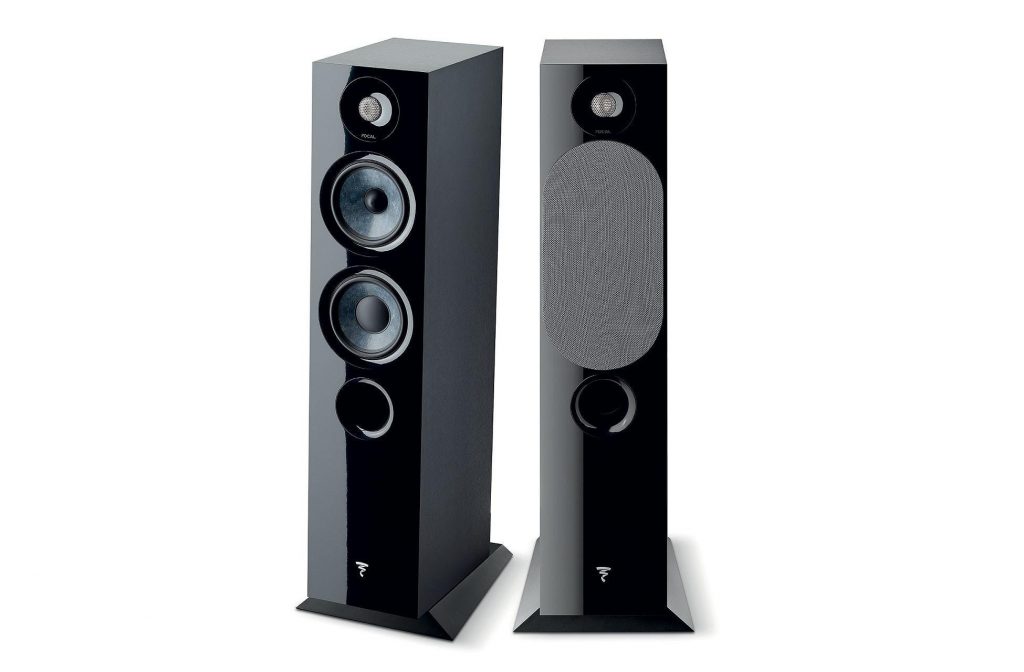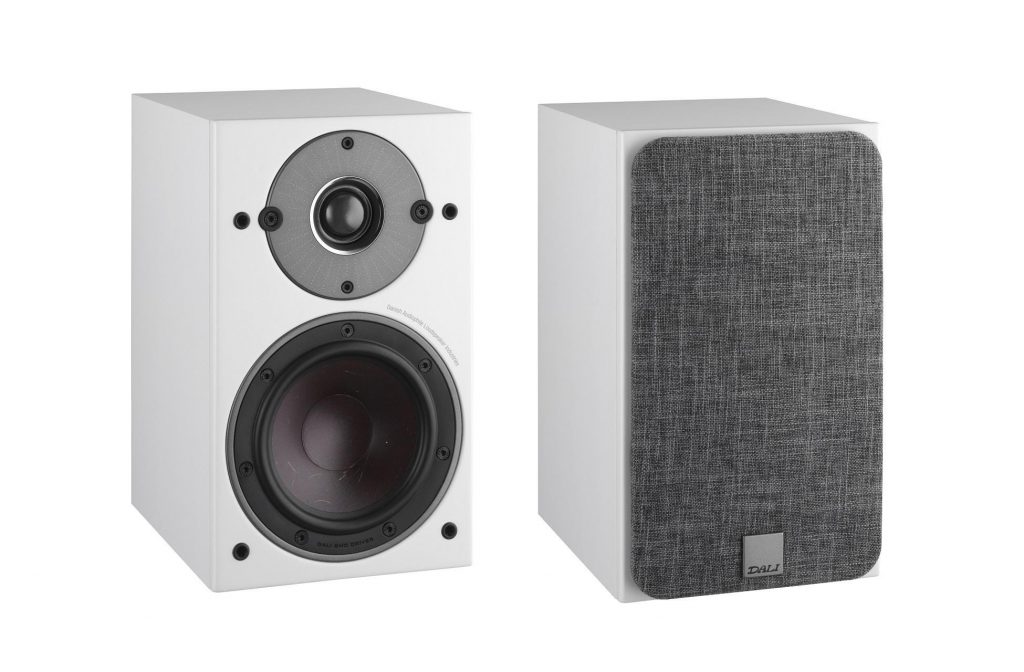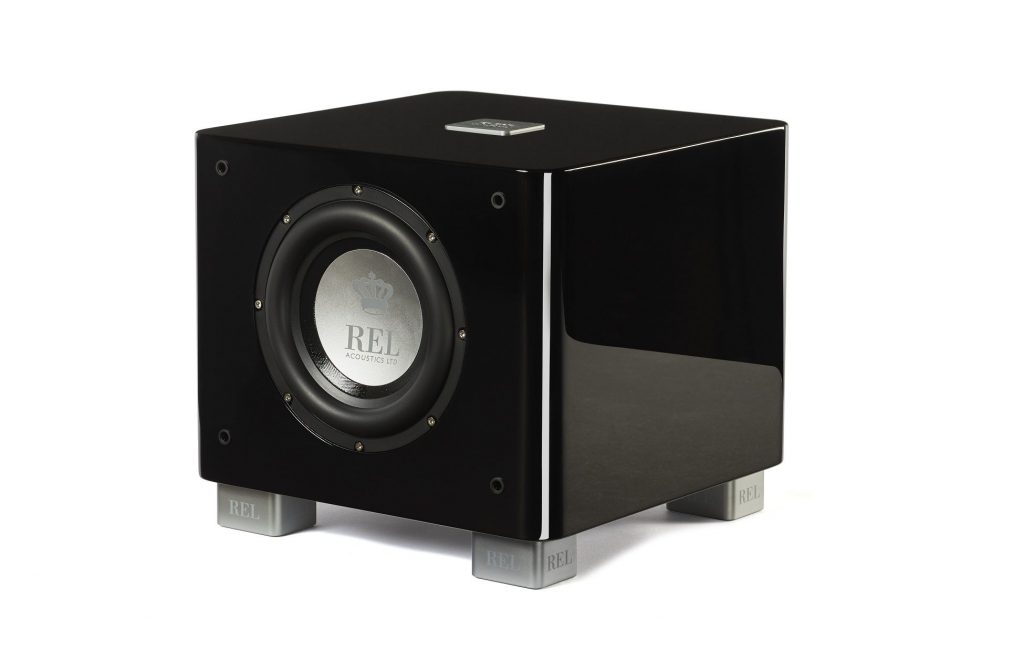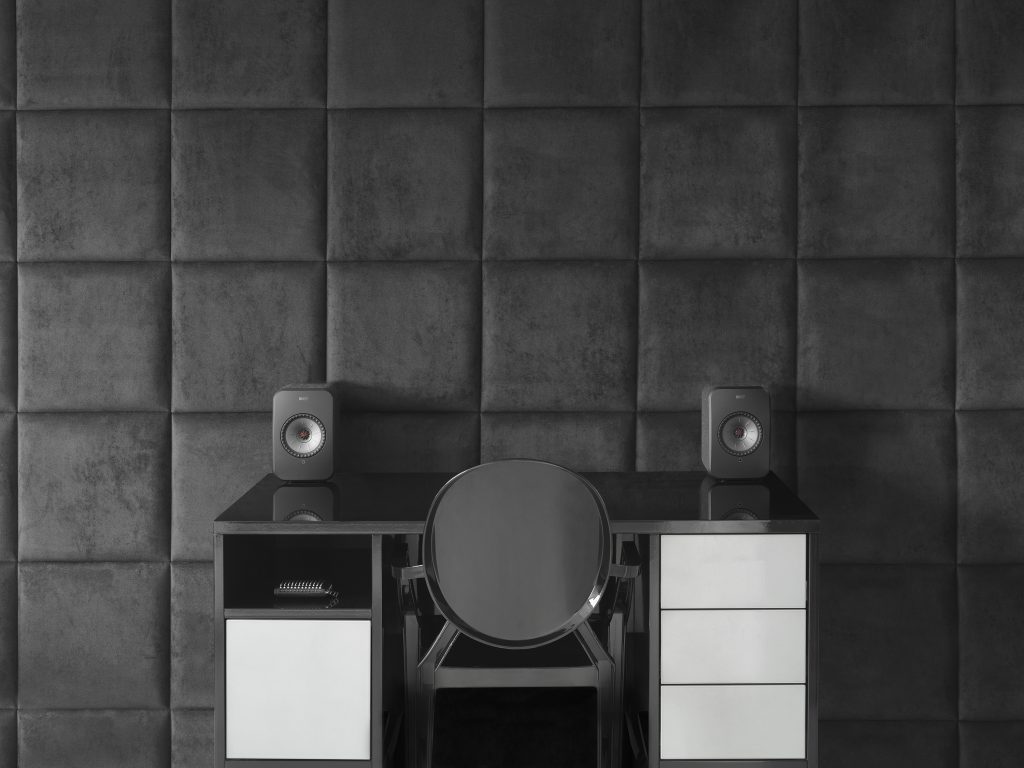
We’ve previously explained the general science behind the amplifier that sits at the heart of your hi-fi system, as well as the sources that you might plug into it. Now, we focus on the last piece of the puzzle; speakers! As you might have already guessed, there’s a lot of choice out there when it comes to speakers for your hi-fi system. They’re available in all shapes and sizes, but a few variables will help you narrow down your choices fairly quickly.
Before we start, we want to give a very simple explanation of how speakers work. When air particles move fast enough, our ears recognise it as sound. The faster the air pressure changes, the higher the “frequency” of the sound we hear. Speakers work by taking electrical energy (aka the signal coming from your amplifier) and turning it into mechanical energy–in this case, by moving the speaker back and forth.
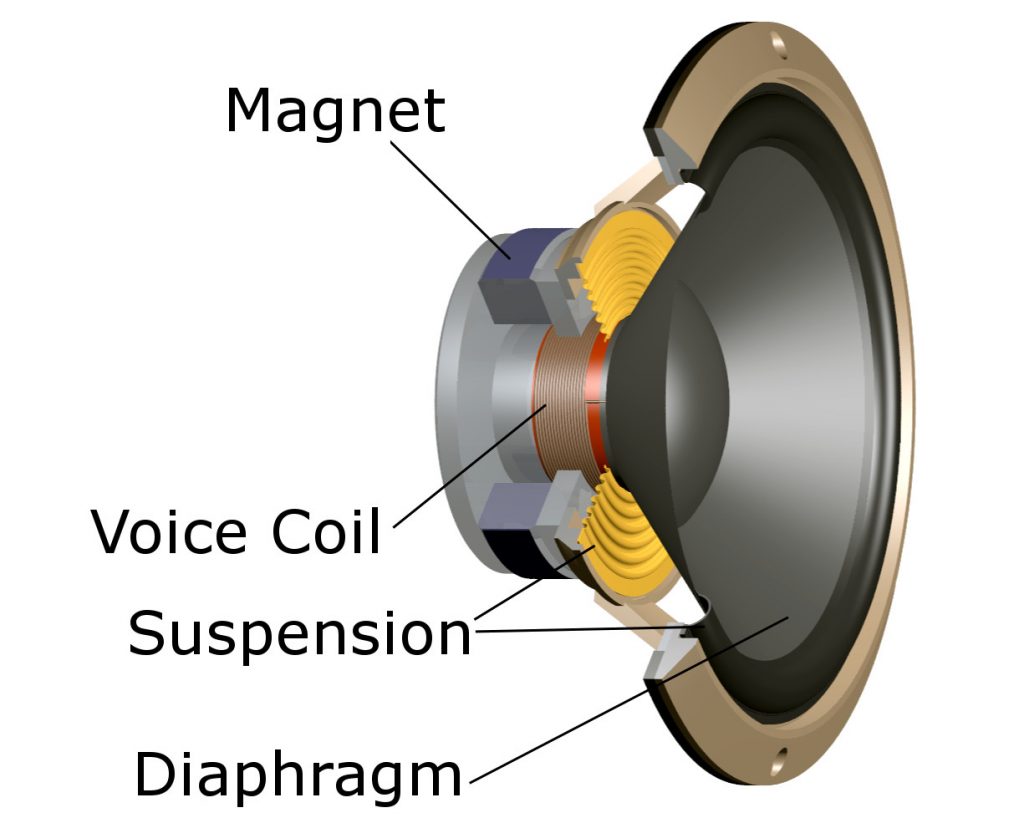
Loudspeaker components
Electrical current moves through a ‘voice coil’ which produces an electric field that interacts with the magnetic field of the permanent magnet attached to the speaker (sometimes also called a ‘driver’). As the electrical signal interacts with the magnetic field, it causes the speaker cone (the round part you see on the outside of the speaker to move back and forth rapidly. As it does this, it pushes on air particles which changes the air pressure and creates sound waves that our ears and brain translate as sound!
Most hi-fi speakers will have at least one main driver that handles the low and mid-range frequencies, with a smaller speaker (usually right above the main driver) called a “tweeter”, that handles dedicated high frequencies.

An example of a driver and tweeter on a bookshelf speaker
So…which speakers to get? First, let’s touch on a quick explanation of the two main speaker styles you’re likely to encounter when building your hi-fi system. Floorstanding speakers, often called ‘floorstanders’, are likely the first thing that pops into your head when you think of hi-fi. These big, impressive speakers stand on the floor on either side of your system, delivering a rich sound with lots of low-end. It’s not uncommon for these speakers to have 2 or more in a set.
The other style you’ll encounter most are ‘standmount’ speakers, often referred to as ‘bookshelf speakers’. This design is much smaller and meant to sit on dedicated stands for best performance. They offer a great sound in smaller spaces and their compact design can make them a bit easier to position.
Speaking of space, that will likely be the first consideration that will narrow your options. Floorstanders deliver a tremendous performance in large spaces where the volume can be high, but that’s a moot point if you can’t fit them in your room. Likewise, standmount speakers can easily fill a small to medium room with stunning sound, but won’t have the power required to make music come alive in a big listening room.
Placement within your space also needs consideration. Some speakers don’t work very well wall-mounted for example, and bookshelf speakers will always sound their best on dedicated stands, as it helps keep bass frequencies sounding snappy and focused. Don’t feel bad to judge on appearances, either – if design and aesthetics are important to you, use them to narrow it down that way too!
What’s a subwoofer and do I need one?
A subwoofer is a speaker designed solely to replicate low-end frequencies, specifically “sub-bass”, which are frequencies so low that we can’t hear them but we “feel” them, like when there’s a big explosion on screen when watching a film at the cinema. It’s that low rumble that takes your breath away!
You’d be forgiven for thinking that a subwoofer is geared solely towards big action and endless explosions in Hollywood blockbusters, but they can be used to effectively enhance the performance of most hi-fi systems as well. A subwoofer will underline everything you listen to with extra definition, making the rhythm easier to follow for a more toe-tapping performance when enjoying your favourite music. If you’re going to be welcoming a pair of standmount speakers as an addition to your hi-fi, it’s well worth considering adding a subwoofer as well so you don’t miss out on all the lush, low-end frequencies that can bring your favourite records to life.
We hope this short guide has been helpful and informative, empowering you with some knowledge to start your hi-fi journey. If you’re still unsure, you needn’t worry – our Richer Sounds store colleagues are here to help with friendly advice and expert knowledge in-store or by phone.
Shop our full range of speakers online now.



